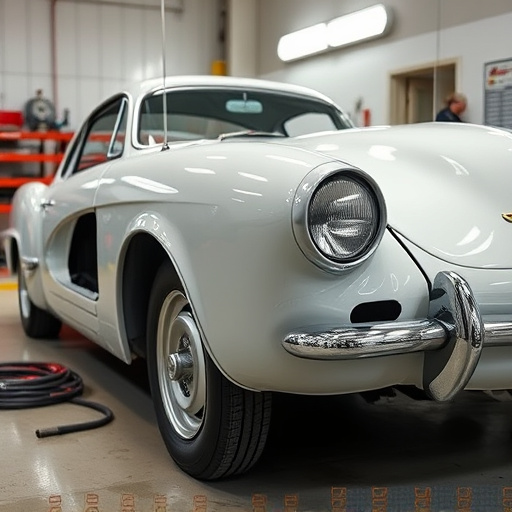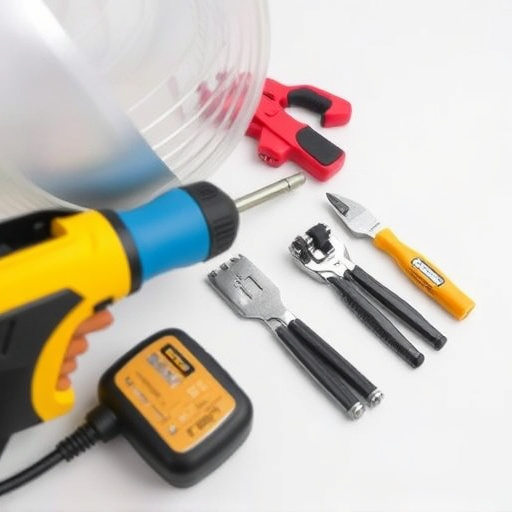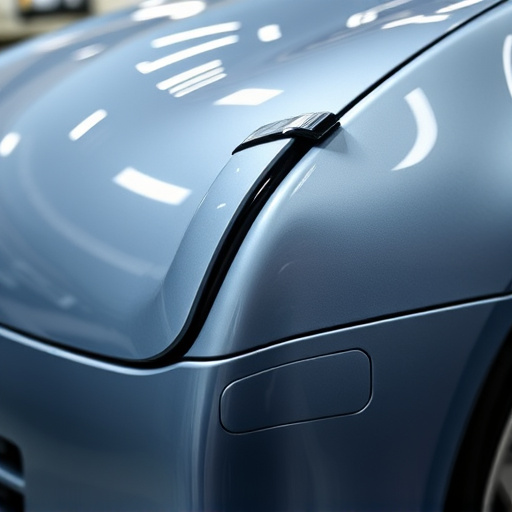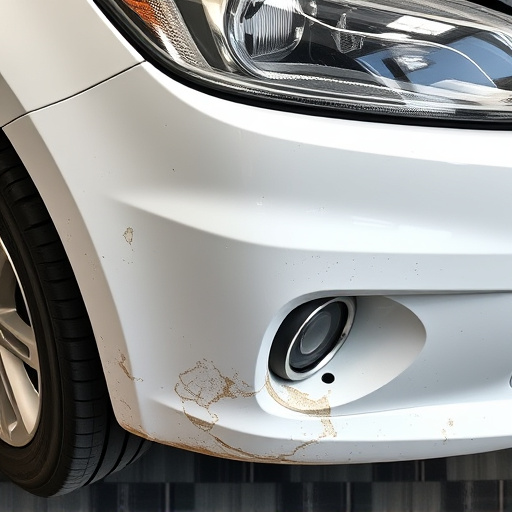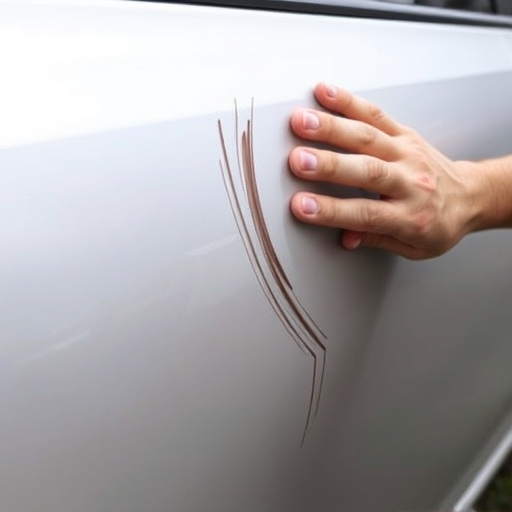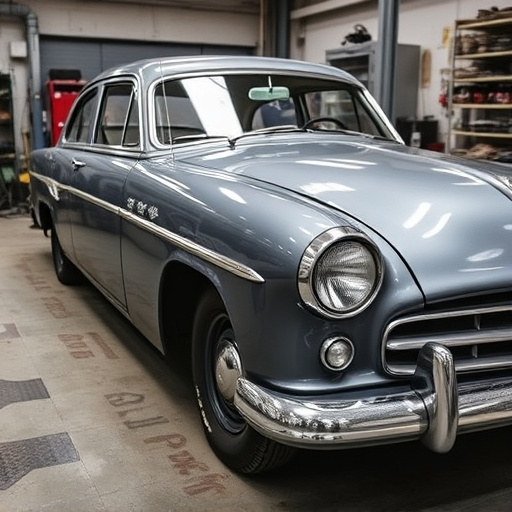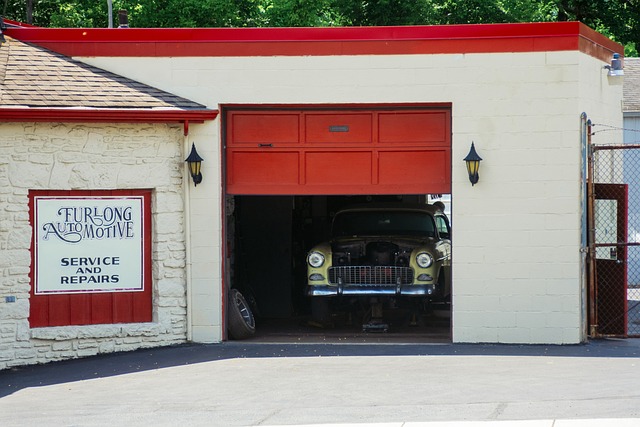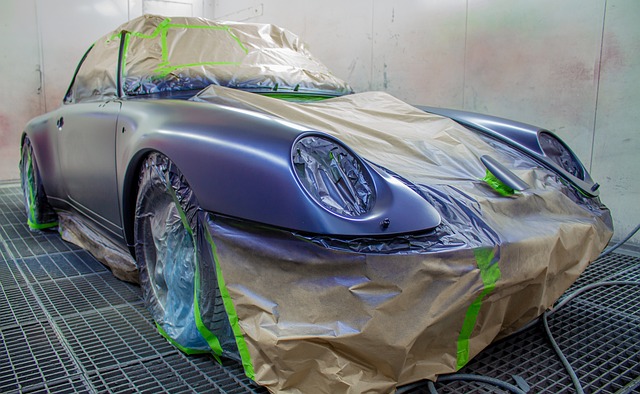Repairing a damaged Mercedes ventilated seat requires a meticulous balance between replacement and restoration. For minor issues, dent repair techniques can restore the aesthetic without impacting functionality. More complex cases demand auto maintenance expertise to replace trim panels and reassemble seats, preserving both appearance and performance. Severe damage may necessitate genuine Mercedes part replacements at a collision center. Light damages can be repaired through specialized body work, while addressing ventilation mechanism issues ensures seamless integration with paint repairs, ultimately restoring the seat to like-new condition.
“Discover the art of repairing your Mercedes-Benz’s ventilated seats after trim panel damage with our comprehensive guide. Understanding the intricate connection between trim panels and seat functionality is key to a successful restoration. This step-by-step process ensures your vehicle’s comfort and luxury remain intact.
We’ll explore how to assess the damage, from identifying loose or torn trim to evaluating its impact on ventilation and support systems. Learn effective replacement techniques, ensuring a seamless fit and optimal performance for your Mercedes ventilated seat repair.”
- Understanding Mercedes Ventilated Seat Repair: A Step-by-Step Guide
- Assessing Trim Panel Damage and Its Impact on Seat Functionality
- Replacement and Restoration Techniques for Optimal Results
Understanding Mercedes Ventilated Seat Repair: A Step-by-Step Guide

Repairing a Mercedes ventilated seat after trim panel damage involves a systematic approach to ensure both aesthetic and functional restoration. Begin by carefully assessing the extent of the damage, which could range from minor dents to more severe panel misalignments. For minor dents, a vehicle dent repair technique using specialized tools can restore the original shape without compromising the ventilated seat functionality. This step-by-step process includes cleaning the area, applying the appropriate dent repair compound, and meticulously smoothing the surface for seamless integration with the car’s bodywork.
For more complex cases where trim panel replacement is required, auto maintenance expertise comes into play. Disassembling the affected seat involves careful removal of the damaged trim, allowing access to the underlying structure. This process demands precision to avoid damaging the intricate ventilation system or other components within the seat. Once the old trim is replaced with new, perfectly fitted panels, meticulous reassembly ensures the seat functions as intended, providing comfort and support while maintaining the vehicle’s overall aesthetic appeal.
Assessing Trim Panel Damage and Its Impact on Seat Functionality
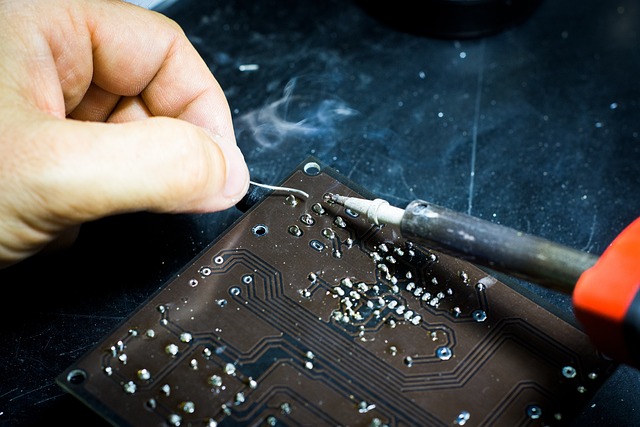
When dealing with a damaged trim panel on a Mercedes ventilated seat, it’s crucial to assess the extent of the issue and its potential impact on seat functionality. The trim panel plays a vital role in both the aesthetic appeal and operational integrity of the seat. Any damage, from cracks or tears to misalignments, can compromise not just the seat’s appearance but also its core mechanisms, including ventilation systems.
An automotive repair specialist should meticulously inspect the affected area to determine the degree of damage. In some cases, minor adjustments might suffice to realign the trim and restore proper seating function. However, more severe damages may require a trip to a collision repair center for comprehensive repairs, ensuring that all components—from the seat’s framework to its advanced ventilation technology—are correctly restored or replaced, thereby facilitating a seamless Mercedes ventilated seat repair process.
Replacement and Restoration Techniques for Optimal Results

When repairing a Mercedes ventilated seat after trim panel damage, it’s crucial to employ both replacement and restoration techniques for optimal results. If the seat cushions or vents are severely damaged, replacement might be necessary. This involves sourcing genuine Mercedes parts to ensure compatibility and maintain the vehicle’s original quality. For lighter damages, like scuffs or small tears, restoration methods can be effective. Auto body work specialists use specialized tools and techniques to mend the trim panel, often involving meticulous sanding, priming, and painting to match the vehicle’s existing color.
Restoration also encompasses addressing any underlying issues with the ventilated seat mechanism. This could include repairing or replacing faulty valves, hoses, or sensors that control air flow. Integrating these solutions seamlessly with the vehicle paint repair ensures a harmonious blend of aesthetics and functionality. By combining replacement and restoration techniques, owners can restore their Mercedes’ seats to like-new condition, enhancing both comfort and the overall vehicle restoration experience.
Mercedes ventilated seat repair is a specialized process that requires careful assessment and precise techniques. By understanding the impact of trim panel damage and following a step-by-step guide, you can effectively restore your Mercedes’ comfort and functionality. With the right replacement and restoration techniques, you’ll achieve optimal results, ensuring your vehicle retains its premium quality and performance.
